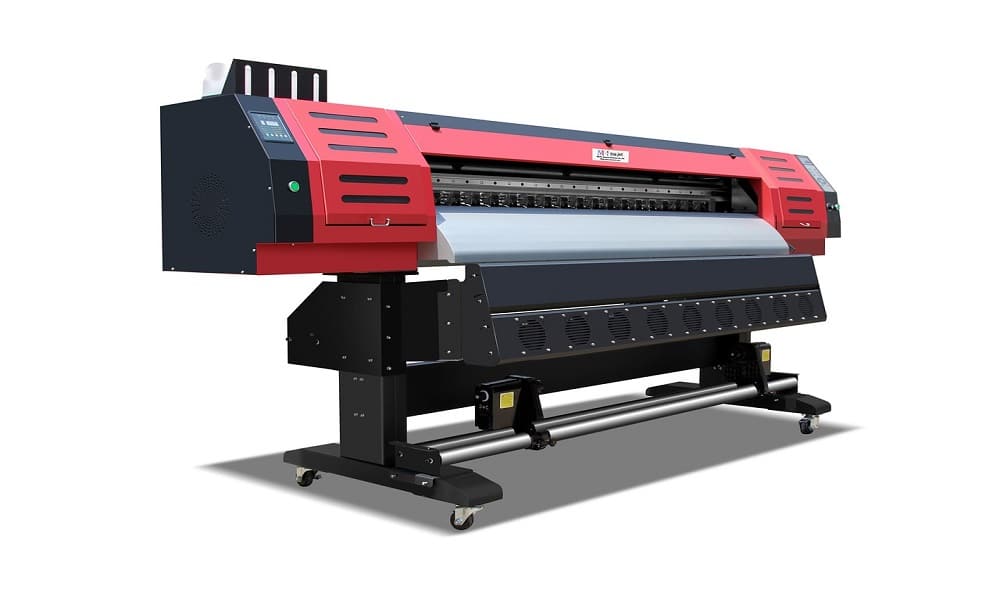In the business landscape of today’s world companies are always looking for ways to distinguish themselves and provide distinctive products or services that set them apart from competitors. One technology that has been increasingly embraced is Direct Garment (DTF) printing which is renowned for its versatility and ability to produce striking outcomes. DTF printing presents a chance for businesses to broaden their range of offerings by incorporating printing solutions into their operations.
Exploring Direct-to-Garment Printing (DTGP)
Using DTET (direct-to-garment) printing includes employing inkjet technology to apply water-based inks onto various textiles, like t-shirts and hoodies, with high precision and quality prints on fabric items such as bags. DTET provides the advantage of being suitable for smaller print runs, unlike traditional screen printing methods, which makes it a great choice for businesses or personalized orders. Furthermore, DTET printing ensures fast order processing times, enabling businesses to cater to customer demands.
Selecting the Perfect Printer
Choosing the right DTG printers for sale from available is essential to getting the results you want to achieve. Take into account aspects like print quality and speed while also considering how user-friendly the printer is. Research models by assessing their functionalities and performance. Certain printers may come with perks, such as supporting ink or having automated maintenance processes. Opting for an effective machine is key to success and minimizing unforeseen operational disruptions.
Getting Artwork Ready for Printing
Artwork preparation is crucial, for producing top-notch prints by making sure your digital designs are in a format like PNG or TIFF with backgrounds included! It’s important to focus on resolution too. Aim for 300 DPI, for sharp images that pop! Also don’t forget to fine-tune colors. Use printer color profiles to make your final printout stand out in terms of vibrancy and accuracy.
Streamlining Workflow for Increased Efficiency
Improving efficiency in production workflows can be achieved by prioritizing orders based on urgency or complexity and organizing them accordingly. Using a management system to track orders can help prevent errors and delays. Regular maintenance and calibration of machines are essential for maintaining print quality and prolonging the lifespan of equipment. Training employees in practices is key to ensuring operations and reducing production disruptions.
Choosing the clothes to wear
Certain types of fabric do not work well with DTGM printing technology in the way others do not blend well with water-based pigment dyes or oil paints. Most cotton clothing readily absorbs the pigments used in DTGM printing, which helps create long-lasting designs on the fabric. On the other hand, blends and synthetic fabrics may need to be pre-treated to achieve results when printed with DTGM technology. Testing out types of clothing materials can give insights into how compatible they are with the printing process and allow for adjustments in techniques as needed.
Encouraging Options for Personalization
DTG printing excels in enabling customization by allowing customers to delve into personalized designs that reflect their uniqueness effectively with the help of tools or templates to streamline the process of customization for clients. Displaying successful case studies and popular designs can ignite inspiration among customers. Generate curiosity, in tailor-made options. Utilizing social media platforms to showcase creations not only enhances visibility but also draws in potential clientele.
Assessing Cost Efficiency
Knowing the cost-effectiveness of DTG printing is crucial for businesses to make choices. Although upfront investment costs may appear steep, lower setup times and minimal inventory needs can lead to savings. Additionally, producing on demand can cut down on waste and storage costs. Comparing production expenses with pricing strategies is key to ensuring profitability and staying competitive. Keeping an eye on financial metrics helps pinpoint areas that need improvement or potential opportunities for growth.
Adjusting to changes in trends and Embracing innovations
The printing sector is always changing as new technologies and trends come to light. This evolution keeps businesses on their toes. Competitive, in the market. Trying out printing methods like the fusion of screen and digital printing offers products. Searching for DTG Printers for Sale for Custom Prints means opting for eco choices such as inks or ethically sourced clothing resonates with what consumers want .Adapting to shifts and staying attuned to trends helps in business growth. Strengthening customer relationships.
In summary
Integrating DTG printing into a developing enterprise offers a range of chances for growth and distinctiveness. By grasping the technology streamlining production methods and delving into customization options , companies can successfully utilize the capabilities of DTG printers. Adjusting to market shifts and consistently enhancing quality assurance practices also strengthens a brand’s presence in the market. With execution, DTG printing emerges as an asset in attaining success and adapting to changing customer demands.


